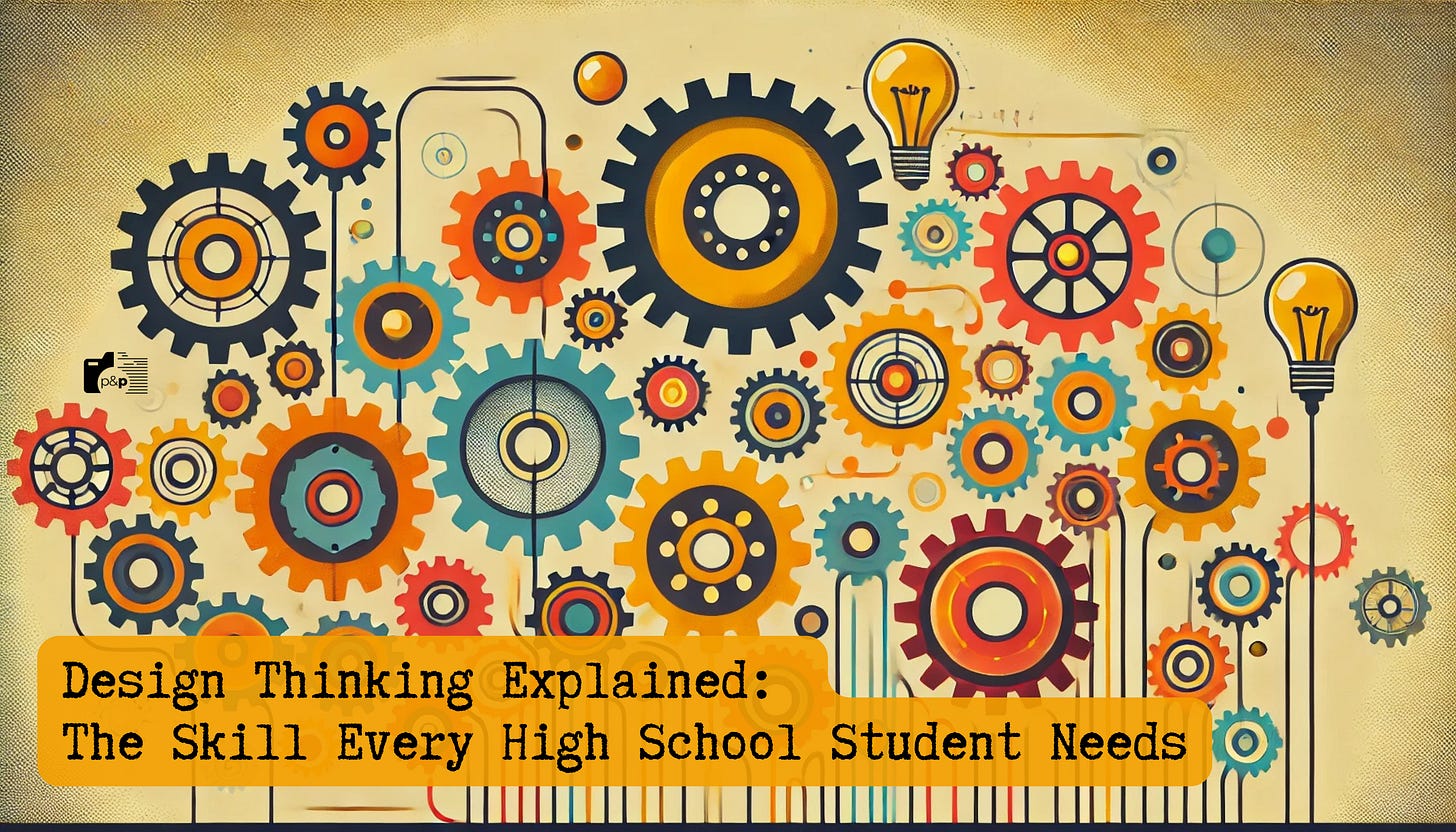Have you ever had an idea that felt exciting but never made it past the "what if" stage? Maybe you wanted to start something—like a club, a project, or even a community space—but weren’t sure how to make it something people actually cared about. That’s where Design Thinking comes in.
At its core, Design Thinking is a creative way of solving problems. It’s not just about coming up with ideas—it’s about understanding what people need, experimenting, and making things better step by step. Instead of aiming for perfection on the first try, it’s about listening, testing, and refining. Think of it as storytelling for problem-solving: you draft, revise, and edit until the narrative makes sense.
Let’s break it down with something close to my heart: building a storytelling club that actually works.
I’m Sarah—someone standing at the edge of university life, with a camera, some scraps of inspiration, and a head full of stories. If you're into design, writing, or figuring things out as you go, I’d love your company (and your feedback!) on this unfolding journey.
Step 1: Empathize – Understanding What People Want
Before launching anything, take a step back. What do people actually need? It’s easy to assume, but assumptions don’t always match reality. Talk to classmates, send out quick polls, or just listen to hallway conversations.
Some people might love the idea of a storytelling club, but feel intimidated by public speaking. Others might prefer visual storytelling—comics, short films, or podcasts. Some might be drawn to fiction, while others love personal narratives. The key is to uncover what excites people and what holds them back.
Ask:
What type of storytelling do you enjoy? (Writing? Speaking? Filmmaking?)
What’s stopping you from joining a club like this?
Would you prefer structured meetings or casual drop-ins?
If the goal is to create something people care about, the best way to start is by listening.
Step 2: Define – What’s the Real Challenge?
Now that you’ve gathered insights, define the real problem. It’s tempting to jump straight into solutions, but taking a moment to frame the challenge makes all the difference.
Instead of saying, “We need a storytelling club,” try:
"How can we create a welcoming, creative space where students explore storytelling in ways that feel natural and exciting to them?"
This small shift in perspective turns the club from a rigid structure into something adaptable—something built around people, not just an idea.
Step 3: Ideate – Throw Out All the Ideas
Here’s where things get fun. Gather a few creative minds and brainstorm wildly. No idea is too ridiculous. In fact, the more unexpected, the better.
Some ideas might include:
Fireside Stories: A relaxed space where students share stories over snacks.
Flash Fiction: A game where members get random prompts and race to create mini-stories.
StoryLab: A collaborative space for storytelling across mediums (writing, comics, even podcasting).
Audio Diaries: A student-led podcast where members share personal narratives.
Mix and match ideas. Look for patterns. The best solutions often come from combining different elements.
Step 4: Prototype – Test the Idea on a Small Scale
Instead of announcing an official club, test the concept first. Host a one-time storytelling hangout during lunch. Organize a small flash fiction challenge online. Gauge the response. Are people showing up? What parts did they enjoy? What didn’t work?
Maybe you realize that students love sharing ideas but feel nervous about formal readings. That’s valuable feedback! Instead of a traditional storytelling club, maybe the focus shifts to casual storytelling meetups where sharing is optional. The goal isn’t to be perfect from the start—it’s to build something that evolves.
Step 5: Test & Improve – Keep Iterating
Every great idea gets better with revisions. After testing, reflect:
What worked well?
What could be better?
What small tweaks could make a big difference?
Maybe people loved the Fireside Stories sessions but wanted themed meetups (horror night, fantasy world-building). Maybe you find out that more people engage online than in person, and an Instagram storytelling series is the way to go. Design Thinking isn’t about getting it right the first time—it’s about learning and improving.
Why This Matters
Design Thinking applies to so much more than just clubs. You can use it to:
Plan a creative project (like a short film or zine!)
Experiment with better study methods (Try different ways of learning to see what actually sticks.)
Start a community initiative (How can you make sustainability projects engaging?)
Redesign a boring class assignment into something fun (Ever turned a history project into a comic?)
The best part? You don’t need to have all the answers before you start. You just need to be open to trying, learning, and adapting. Whether it’s a club, a project, or even just figuring out what you love, approach it like a designer—test, tweak, and create something that actually matters.
Who knows? You might just end up building something incredible.
Thank you for reading all the way through—it means more than you know. If you felt something, learned something, or even just want to help me get better at this whole writing-and-designing-my-way-through-life thing, I’d love for you to subscribe, share a thought, or leave a gentle critique. Every bit of feedback helps me grow.


![Sarah [Pixels & Paragraphs]'s avatar](https://substackcdn.com/image/fetch/$s_!Kr_J!,w_36,h_36,c_fill,f_auto,q_auto:good,fl_progressive:steep/https%3A%2F%2Fsubstack-post-media.s3.amazonaws.com%2Fpublic%2Fimages%2Fa818115e-a0ee-4e93-9415-302b137a72dd_500x500.png)

What a great article - thanks for explaining the concept of design thinking. I had not heard of it before. This article was engaging and well structured :)